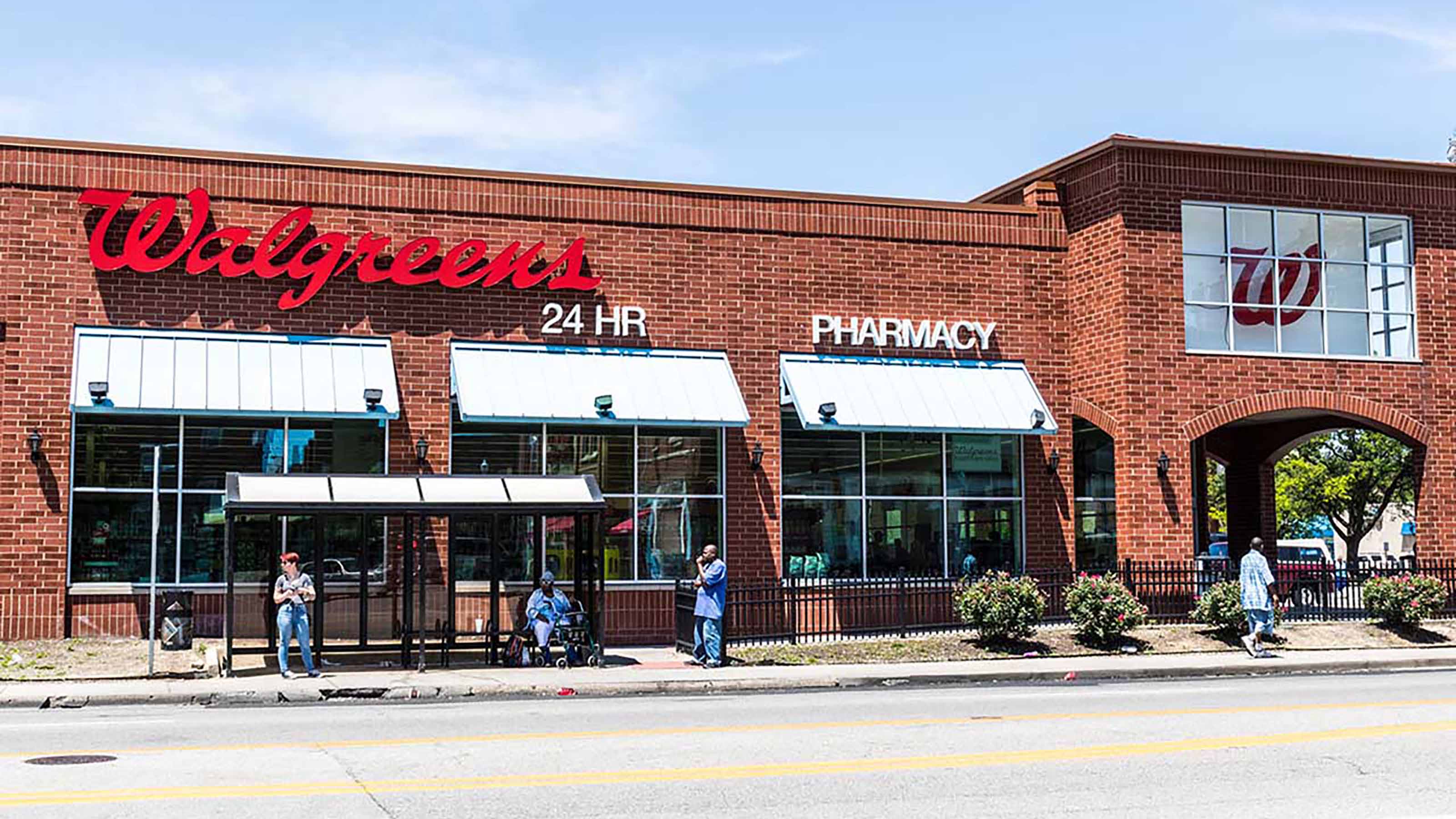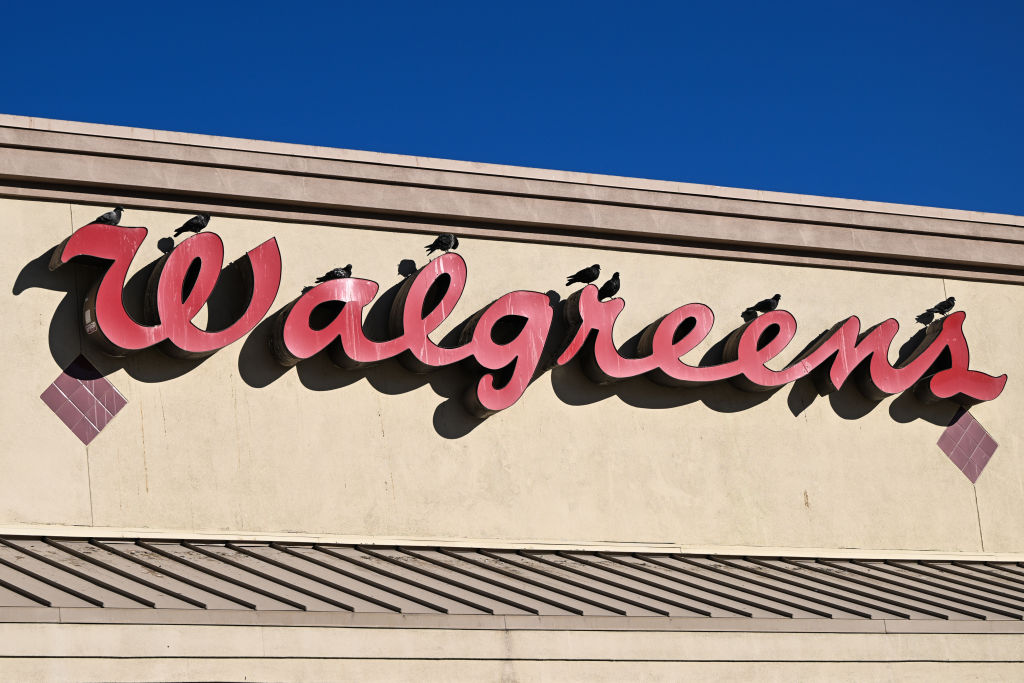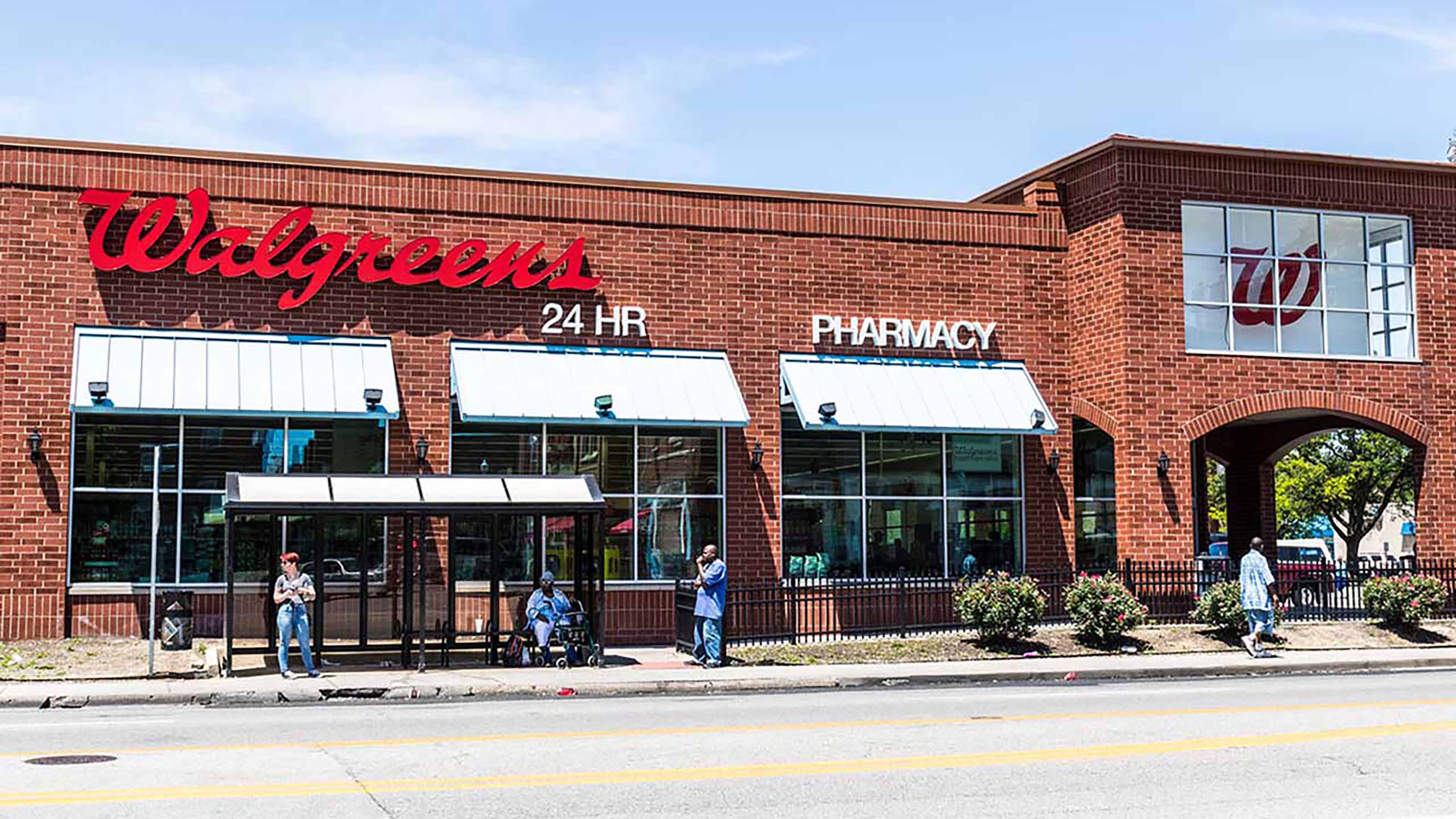Walgreens Slashes Dividend by Almost Half
Walgreens' dividend cut puts its membership in the elite Dividend Aristocrats in doubt.


Walgreens Boots Alliance (WBA) stock tumbled Thursday after the pharmacy chain slashed its dividend by almost half. The move puts the company at risk of being removed from the S&P 500 Dividend Aristocrats, an index of S&P 500 companies that have raised their dividends for at least 25 consecutive years.
At its old dividend level, Walgreens was one of the stocks with the highest dividend yields in the S&P 500. But that's about to change.
The company announced a quarterly dividend of 25 cents a share on Thursday, down from the prior quarter's payout of 48 cents a share. The dividend is payable on March 12 to stockholders of record as of February 20, Walgreens said in a news release.
From just $107.88 $24.99 for Kiplinger Personal Finance
Become a smarter, better informed investor. Subscribe from just $107.88 $24.99, plus get up to 4 Special Issues

Sign up for Kiplinger’s Free Newsletters
Profit and prosper with the best of expert advice on investing, taxes, retirement, personal finance and more - straight to your e-mail.
Profit and prosper with the best of expert advice - straight to your e-mail.
"This action reinforces our goal of increasing cash flow, while freeing up capital to invest in sustainable growth initiatives in our pharmacy and healthcare businesses, which we believe will ultimately improve shareholder value," Walgreen CEO Tim Wentworth said in a statement.
At 48 cents per share per quarter, the forward yield on WBA stock comes to more than 7.5%. However, at the new rate of 25 cents per share per quarter, the forward yield on WBA stock falls to about 4.1%. That's still generous, but well below WBA's own three-year average dividend yield of 5.1%.
Analysts, who already give WBA one of the lowest rankings of all 30 Dow Jones stocks, applauded the decision to take cash earmarked for shareholders and invest it back into the business.
CFRA Research analyst Arun Sundaram, for one, reiterated his Hold recommendation on WBA, noting the company is "on pace toward $1 billion of cost savings this fiscal year, in addition to about $600 million of lower capital expenditures and $500 million in working capital benefits."
Industry analysts have assigned WBA stock a consensus recommendation of Hold for more than five years, according to data from S&P Global Market Intelligence. Of the 18 analysts covering WBA today, two rate it at Strong Buy, one says Buy, 12 have it at Hold, two say Sell and one ranks it at Strong Sell.
With an average target price of $26.67, Wall Street gives WBA stock implied price upside of about 12% in the next 12 months or so. Add in the dividend yield, and WBA's implied total return comes to about 16% in the next year or so.
Walgreens earnings beat estimates
Walgreens also on Thursday posted better-than-expected fiscal first-quarter earnings. On an adjusted basis, which is what industry analysts care about, Walgreens earned 66 cents a share, easily topping Wall Street's average forecast of 62 cents a share. Sales of $36.7 billion also beat analysts' estimate.
"WBA delivered fiscal first quarter results in line with overall expectations, reflecting disciplined execution in a challenging consumer backdrop," said CEO Wentworth in Walgreens' earnings release. "We are evaluating all strategic options to drive sustainable long-term shareholder value, focusing on swift actions to right-size costs and increase cash flow, with a balanced approach to capital allocation priorities."
WBA stock is a long-time market laggard. Over the past 20 years, shares generated a total return (price change plus dividends) of less than 1%. That lags the S&P 500's total return over the same period by about 10 percentage points.
And the performance only gets worse from there. WBA stock delivered negative total returns over the past one-, three-, five- and 10-year periods. As wonderful as Walgreens' annual dividend increases have been, they have been more than offset by relentless share-price depreciation.
Walgreens Boots Alliance stock is one of the top-weighted names in the Dividend Aristocrats and – by extension – the ProShares S&P 500 Dividend Aristocrats ETF (NOBL) that tracks the Aristocrats. Needless to say, WBA stock hasn't been doing investors in NOBL any favors.
WBA may lose its status as a Dividend Aristocrat, but if these new capital plans can kick start its moribund stock price, long-suffering equity income investors will almost certainly come to forgive it.
Related Content
Profit and prosper with the best of Kiplinger's advice on investing, taxes, retirement, personal finance and much more. Delivered daily. Enter your email in the box and click Sign Me Up.

Dan Burrows is Kiplinger's senior investing writer, having joined the publication full time in 2016.
A long-time financial journalist, Dan is a veteran of MarketWatch, CBS MoneyWatch, SmartMoney, InvestorPlace, DailyFinance and other tier 1 national publications. He has written for The Wall Street Journal, Bloomberg and Consumer Reports and his stories have appeared in the New York Daily News, the San Jose Mercury News and Investor's Business Daily, among many other outlets. As a senior writer at AOL's DailyFinance, Dan reported market news from the floor of the New York Stock Exchange.
Once upon a time – before his days as a financial reporter and assistant financial editor at legendary fashion trade paper Women's Wear Daily – Dan worked for Spy magazine, scribbled away at Time Inc. and contributed to Maxim magazine back when lad mags were a thing. He's also written for Esquire magazine's Dubious Achievements Awards.
In his current role at Kiplinger, Dan writes about markets and macroeconomics.
Dan holds a bachelor's degree from Oberlin College and a master's degree from Columbia University.
Disclosure: Dan does not trade individual stocks or securities. He is eternally long the U.S equity market, primarily through tax-advantaged accounts.
-
 Stocks Extend Losing Streak After Fed Minutes: Stock Market Today
Stocks Extend Losing Streak After Fed Minutes: Stock Market TodayThe Santa Claus Rally is officially at risk after the S&P 500's third straight loss.
-
 What Bilt Cardholders Need to Know as Wells Fargo Exits the Program
What Bilt Cardholders Need to Know as Wells Fargo Exits the ProgramA major shake-up in the Bilt Rewards program could affect your credit card, rent rewards and points strategy heading into 2026.
-
 3 Major Changes to the Charitable Deduction in 2026
3 Major Changes to the Charitable Deduction in 2026Tax Breaks About 144 million Americans might qualify for the 2026 universal charity deduction, while high earners face new IRS limits. Here's what to know.
-
 Stock Market Today: Stocks Swing Higher on Powell Speech
Stock Market Today: Stocks Swing Higher on Powell SpeechInvestors cheered after Fed Chair Powell repeated his confidence in the strength of the U.S. economy.
-
 Stock Market Today: Stocks Recover From Trump-Zelensky Slide
Stock Market Today: Stocks Recover From Trump-Zelensky SlideReports of a combative meeting between the two leaders sent stocks temporarily lower Friday afternoon.
-
 Why Walgreens Suspended Its Dividend
Why Walgreens Suspended Its DividendWalgreens stock spiraled Friday after the pharmacy chain suspended its dividend amid continued turnaround plans. Here's what you need to know.
-
 Stock Market Today: Dow Slides 697 Points on Super-Hot Jobs Data
Stock Market Today: Dow Slides 697 Points on Super-Hot Jobs DataWhen the December nonfarm payrolls report hit the tape, there was no question which way stocks would go at Friday's opening bell.
-
 Why Walgreens Is the Best S&P 500 Stock After Earnings
Why Walgreens Is the Best S&P 500 Stock After EarningsWalgreens stock is soaring Friday after the embattled pharmacy chain reported strong earnings and gave an upbeat outlook.
-

 Stock Market Today: UnitedHealth Selloff Drags on Dow
Stock Market Today: UnitedHealth Selloff Drags on DowWhile the main indexes ended in the red, Walgreens Boots Alliance had its best day since 2008.
-
 Stock Market Today: Stocks End Higher Ahead of May PCE Data
Stock Market Today: Stocks End Higher Ahead of May PCE DataMicron Technology, Walgreens Boots Alliance and Levi's were three of Thursday's biggest movers.
-
 Walgreens Stock Hits 27-Year Low After Massive Earnings Miss
Walgreens Stock Hits 27-Year Low After Massive Earnings MissWalgreens Boots Alliance stock is tanking Thursday the pharmacy retailer came up short of earnings expectations and slashed its full-year outlook. Here's what you need to know.